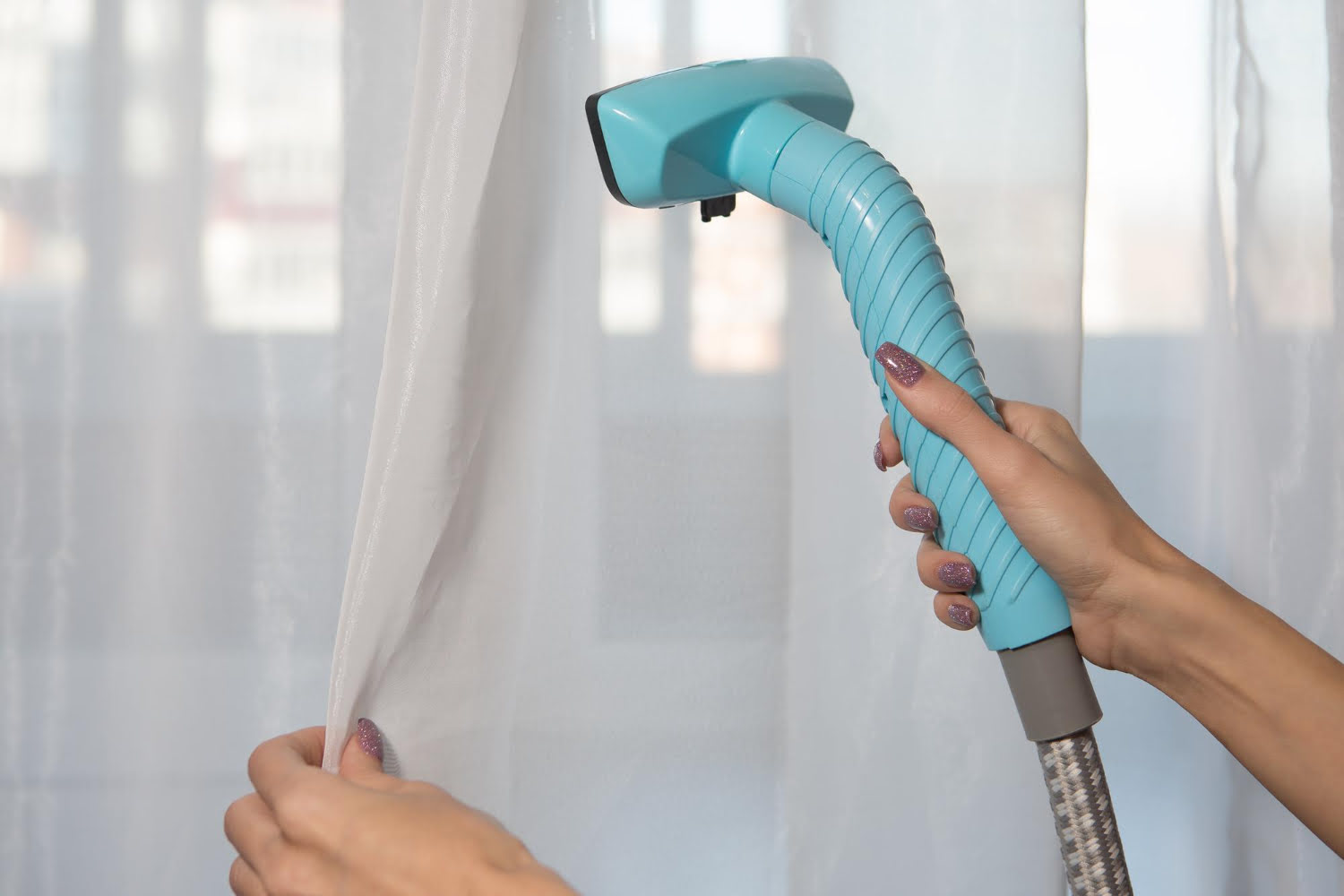

Articles
How Do You Steam Curtains
Modified: October 27, 2024
Learn how to steam curtains effectively with our expert articles. Discover the best techniques and tips for achieving wrinkle-free curtains effortlessly.
(Many of the links in this article redirect to a specific reviewed product. Your purchase of these products through affiliate links helps to generate commission for Storables.com, at no extra cost. Learn more)
Introduction
Welcome to our comprehensive guide on how to steam curtains. Curtains not only add beauty to our homes but also serve the practical purpose of providing privacy and controlling light. Over time, curtains can accumulate dust, allergens, and odors, causing them to lose their freshness and appeal. Traditional cleaning methods may not always be suitable or effective for curtains, as some fabrics can shrink or get damaged in the process.
This is where steam cleaning comes in. Steaming curtains is a safe, efficient, and eco-friendly way to refresh and maintain their appearance. By using the power of steam, you can effectively remove dirt, dust mites, and stains, leaving your curtains looking like new.
In this article, we will explore the benefits of steaming curtains, discuss the types of steamers suitable for this task, provide a step-by-step guide on how to steam curtains, and offer some valuable tips and tricks to achieve the best results. So let’s dive in and learn how to bring back the pristine beauty of your curtains!
Key Takeaways:
- Steaming curtains offers efficient, gentle, and eco-friendly cleaning, removing dirt, odors, and allergens while preserving fabric quality and extending curtain lifespan.
- Proper preparation, steaming techniques, and maintenance are essential for effective curtain steaming, creating a fresh, clean, and healthier living environment.
Read more: How Do You Clean Curtains
Benefits of Steaming Curtains
Steaming curtains offers numerous benefits, making it a popular choice for homeowners. Here are some of the key advantages of using steam to clean and refresh your curtains:
- Efficient Cleaning: Steaming uses high-temperature vapor to penetrate the fabric, effectively removing dirt, dust, and allergens from deep within. It provides a thorough and efficient cleaning method, much more effective than simply vacuuming or spot cleaning.
- Gentle on Fabrics: Unlike traditional cleaning methods that can be harsh on delicate fabrics, steaming is gentle and safe. It eliminates the risk of fabric shrinkage, color fading, or damage caused by scrubbing or rubbing.
- Odor Removal: Curtains can absorb various odors from cooking, smoking, or pets. Steaming helps to eliminate these unwanted smells and leaves your curtains smelling fresh and clean.
- Sanitizes and Kills Bacteria: The high heat generated by the steam kills bacteria, dust mites, and other microorganisms that may be lurking on your curtains. This is particularly beneficial for individuals with allergies or respiratory conditions.
- Preserves Curtain Lifespan: Regularly steaming your curtains can help extend their lifespan by keeping them clean and preventing the build-up of dirt, which can weaken the fabric fibers over time.
- Convenience and Time-saving: Steam cleaning is a quick and efficient method that requires minimal effort. There is no need to remove the curtains or spend hours washing and drying them. With a steamer, you can clean your curtains right where they hang.
- Eco-friendly Method: Steaming curtains reduces the need for chemical cleaners, making it an environmentally friendly choice. It eliminates the use of harmful substances that can have adverse effects on both your health and the environment.
By steaming your curtains regularly, you not only maintain their appearance but also create a healthier and more comfortable living environment. Now that we understand the benefits, let’s explore the different types of steamers suitable for steaming curtains!
Types of Steamers for Curtains
When it comes to steaming curtains, there are a few different types of steamers available. Each type has its own advantages and limitations, so let’s take a closer look at the options:
- Handheld Steamers: Handheld steamers are compact and portable, making them a convenient option for steaming curtains. They usually have a smaller water tank and are designed for quick touch-ups and smaller jobs. Handheld steamers work well for lightweight fabrics and thinner curtains.
- Upright Steamers: Upright steamers are larger and more powerful than handheld models. They come with a larger water tank and often have additional features like adjustable steam settings and attachments. These steamers are ideal for steaming heavy fabrics, thicker curtains, or large curtain panels.
- Garment Steamers: While not specifically designed for curtains, garment steamers can be used to steam curtains effectively. They are versatile and can be maneuvered easily, making them useful for curtains that are difficult to reach or have intricate designs.
- Steam Cleaner with Attachment: If you already own a steam cleaner, you can check if it comes with a fabric attachment. This attachment can be used to steam curtains, offering a dual-purpose cleaning solution.
When selecting a steamer for your curtains, consider the size and weight of the curtains, as well as the type of fabric. Some steamers come with adjustable steam settings, allowing you to customize the temperature and steam intensity based on the fabric’s sensitivity. Additionally, ensure that the steamer has a sufficient water tank capacity to steam all your curtains without constant refilling.
Now that you know the different types of steamers available, it’s time to prepare for steaming your curtains!
Preparation for Steaming
Before you start steaming your curtains, it’s essential to prepare properly to ensure the best results. Here are some key steps to take in preparation:
- Read the Instructions: Familiarize yourself with the instructions and safety guidelines provided by the manufacturer of your steamer. This will ensure that you use the steamer correctly and avoid any potential mishaps.
- Check the Curtain Fabric: Different fabric types may have specific care requirements. Check the label on your curtains to determine if there are any special instructions or restrictions for steaming. Avoid using steam on fabrics that are not suitable or may get damaged.
- Remove Dust: Before steaming, it’s a good idea to remove any loose dust or dirt from the curtains. You can do this by lightly vacuuming the curtains or using a soft brush attachment to remove any surface debris.
- Test the Steamer: Before you begin steaming the curtains, it’s recommended to test the steamer on a small, inconspicuous area of the fabric. This will ensure that the steamer is working correctly and will not cause any damage or discoloration to the curtains.
- Clear the Area: Make sure the area around the curtains is clear and free of any obstacles. Remove any decorative items, furniture, or objects that may obstruct or get in the way while steaming.
- Protect Surfaces: Place a towel or protective barrier beneath the curtains to prevent any moisture from dripping onto the floor or furniture. This will help to keep your surroundings clean and dry.
By following these preparation steps, you can ensure that your curtains are ready for a successful steaming session. Next, let’s move on to the step-by-step guide on how to steam curtains effectively!
Step-by-Step Guide on How to Steam Curtains
Steaming curtains may seem like a daunting task, but with the right approach, it can be a straightforward and effective process. Here is a step-by-step guide to help you steam your curtains:
- Set Up Your Steamer: Fill the water tank of your steamer according to the manufacturer’s instructions. Make sure the steamer is in proper working condition and that all attachments are securely in place.
- Begin at the Top: Start steaming your curtains from the top and work your way down to the bottom. This approach prevents dirty water from dripping down onto already steamed areas.
- Hold the Steamer Properly: Hold the steamer parallel to the fabric, maintaining a consistent distance of about 6 inches. Avoid getting too close to prevent damage to the fabric.
- Steam in Vertical Strokes: Move the steamer in vertical strokes from top to bottom. This helps to ensure even coverage and removes any wrinkles or dirt along the way. Continue steaming until you have covered the entire curtain.
- Pay Attention to Problem Areas: Focus on areas that may require extra attention, such as stained or heavily soiled spots. Hold the steamer over these areas for a few additional seconds to allow the steam to penetrate and loosen the dirt.
- Steam Both Sides: If your curtains are sheer or have a lining, steam both sides for a thorough cleaning. This will help eliminate odors and remove any dust or allergens that may be trapped between the layers.
- Allow the Curtains to Dry: Once you have finished steaming, give the curtains some time to dry completely. Avoid touching or manipulating the fabric until it is dry to prevent any potential watermarks or damage.
Following these steps will ensure that you steam your curtains effectively and achieve professional-looking results. Now that you know how to steam your curtains, let’s explore some useful tips and tricks to enhance your steaming experience!
When steaming curtains, start from the top and work your way down in sections, holding the steamer about 6 inches away from the fabric. Use a sweeping motion to remove wrinkles and creases.
Read more: How Long Do You Steam Broccoli In A Steamer
Tips and Tricks for Steaming Curtains
Steaming curtains can be made even more effective and efficient with these helpful tips and tricks. Take a look at the following recommendations to enhance your steaming experience:
- Start with Light Fabrics: If you are new to steaming, begin with lighter fabrics or curtains that are less delicate. This will allow you to practice your technique and build confidence before moving on to heavier or more delicate materials.
- Preshape the Curtains: For curtains with stubborn creases or wrinkles, consider using a fabric conditioner before steaming. This can help relax the fibers and make them easier to steam out.
- Work in Sections: If you are dealing with particularly large or thick curtains, it may be helpful to work in smaller sections. This will ensure thorough steaming without feeling overwhelmed by the size of the task.
- Use a Brush Attachment: Attach a soft brush to your steamer for a more effective cleaning. The brush bristles can help loosen dirt and debris from the fabric, making it easier for the steam to penetrate and remove them.
- Steam in Natural Light: Whenever possible, steam your curtains in natural light. This will allow you to inspect the fabric more closely and ensure that you haven’t missed any spots while steaming.
- Store Steamer Properly: After each use, empty the water tank and store your steamer in a safe and dry place. This will help prolong its lifespan and ensure that it’s ready for future steaming sessions.
- Test for Colorfastness: Before steaming curtains made of colored or patterned fabrics, test for colorfastness. Dampen a clean white cloth with distilled water and gently rub it on a hidden area of the curtain. If there is no color transfer, it’s safe to proceed with steaming.
- Regular Maintenance: To keep your curtains looking fresh and clean, incorporate regular steaming into your cleaning routine. Aim to steam your curtains every few months or as needed based on how quickly they accumulate dust and dirt.
By following these tips and tricks, you can make the most out of your steaming efforts and maintain beautifully clean curtains. However, it’s also important to be aware of common mistakes to avoid. Let’s explore some of these in the next section.
Common Mistakes to Avoid
While steaming curtains is a relatively straightforward process, there are a few common mistakes that many people make. By being aware of these mistakes, you can ensure a successful steaming session without any mishaps. Here are some common mistakes to avoid:
- Oversteaming: It’s important to remember that excessive steaming can lead to dampness or watermarks on the fabric. Avoid holding the steamer in one spot for too long, as this can saturate the fabric and cause damage.
- Using High Heat on Delicate Fabrics: Delicate fabrics such as silk or velvet can be easily damaged by high heat. Make sure to adjust the steam intensity and temperature to a lower setting when working with sensitive fabrics.
- Not Cleaning the Steamer Properly: Failing to clean the steamer after each use can lead to mineral build-up and reduced performance. Follow the manufacturer’s instructions for cleaning and maintenance to keep your steamer in optimal condition.
- Steaming Without Testing: Skipping the test patch before steaming can be risky, especially on fabrics with special care instructions. Always test the steamer on a small, inconspicuous area to ensure that it does not cause any damage or discoloration.
- Ignoring Safety Precautions: Steamers produce hot steam that can cause burns if not used correctly. Always follow the safety guidelines provided by the manufacturer, including wearing protective gloves and keeping the steamer away from children and pets.
- Using Tap Water: Some steamers recommend using distilled or filtered water to prevent mineral deposits from building up in the machine. Using tap water, especially in areas with hard water, can lead to reduced steaming performance and potential damage to the steamer over time.
- Neglecting to Dry the Curtains: After steaming, allow the curtains to completely dry before touching or moving them. Folding or manipulating the fabric while still damp can cause wrinkles or creases to form.
- Skipping Regular Maintenance: Like any appliance, steamers require regular maintenance to function properly. Neglecting to clean or maintain the steamer can result in reduced performance or even malfunctioning in the long run. Make sure to follow the recommended maintenance schedule provided by the manufacturer.
Avoiding these common mistakes will help you achieve the best results while keeping your curtains in excellent condition throughout the steaming process. Now, let’s explore some alternative methods for cleaning curtains!
Alternative Methods for Cleaning Curtains
While steaming is a popular and effective method for cleaning curtains, there are alternative methods you can consider depending on the type of fabric or your specific needs. Here are a few alternative methods for cleaning curtains:
- Vacuuming: Vacuuming is a simple and quick way to remove surface dust and debris from curtains. Use a brush attachment or a handheld vacuum with a gentle suction setting to avoid damaging delicate fabrics.
- Spot Cleaning: For small stains or spills, spot cleaning can be effective. Gently dab the stained area with a clean cloth or sponge soaked in a mild detergent solution. Rinse the area with a damp cloth and allow it to air dry.
- Hand Washing: Hand washing is suitable for curtains made of washable fabrics. Fill a tub or basin with lukewarm water and a gentle detergent. Soak the curtains for a few minutes, then gently agitate them to remove dirt. Rinse thoroughly and hang to dry.
- Dry Cleaning: Some curtains, especially those made of delicate or non-washable fabrics, may require professional dry cleaning. Follow the care instructions on the curtain label or consult a dry cleaner for the best approach.
- Machine Washing: Check the care label on your curtains to determine if they are machine washable. Use a gentle cycle with a mild detergent and cold water. Remove the curtains promptly after the cycle ends and hang them to dry, avoiding direct sunlight.
- Professional Curtain Cleaning Services: If you prefer to leave the task to the experts, you can hire professional curtain cleaning services. These companies utilize specialized equipment and techniques to effectively clean and maintain your curtains.
Each of these alternative methods has its own advantages and limitations, so it’s important to choose the method that best suits your curtain fabric and cleaning requirements.
Remember to always check the care label and follow any specific instructions provided by the curtain manufacturer. Taking proper care of your curtains will help preserve their quality and prolong their lifespan.
Now that you are familiar with alternative cleaning methods, let’s wrap up the article.
Conclusion
Cleaning and maintaining your curtains is an essential part of keeping your home fresh, beautiful, and hygienic. Steaming curtains is a highly effective and convenient method that offers numerous benefits. By using the power of steam, you can efficiently remove dirt, dust, and stains, leaving your curtains looking like new.
In this comprehensive guide, we discussed the various benefits of steaming curtains, including efficient cleaning, gentle treatment of fabrics, odor removal, and sanitization. We explored different types of steamers suitable for the task, from handheld steamers to upright models, and even the use of garment steamers. Proper preparation, such as reading instructions, checking fabric suitability, and removing dust, is crucial for successful steaming.
We provided a detailed step-by-step guide on how to steam curtains effectively, emphasizing techniques such as starting from the top, using vertical strokes, and paying attention to problem areas. Additionally, we shared helpful tips and tricks to enhance your steaming experience, including using brush attachments, working in sections, and steaming in natural light.
However, it’s important to be aware of common mistakes to avoid, such as oversteaming, using high heat on delicate fabrics, and neglecting to clean or maintain the steamer properly. We also explored alternative methods for cleaning curtains, including vacuuming, spot cleaning, hand washing, and professional dry cleaning.
By following these guidelines and choosing the best cleaning method for your curtains, you can maintain their appearance, prolong their lifespan, and create a healthier living environment. Whether you opt for steaming, hand washing, or professional services, regular curtain maintenance is an investment worth making.
We hope this guide has provided you with valuable insights and actionable steps for cleaning and steaming your curtains. Now, it’s time to give your curtains the attention they deserve and enjoy the fresh and rejuvenated atmosphere they will bring to your home!
Frequently Asked Questions about How Do You Steam Curtains
Was this page helpful?
At Storables.com, we guarantee accurate and reliable information. Our content, validated by Expert Board Contributors, is crafted following stringent Editorial Policies. We're committed to providing you with well-researched, expert-backed insights for all your informational needs.
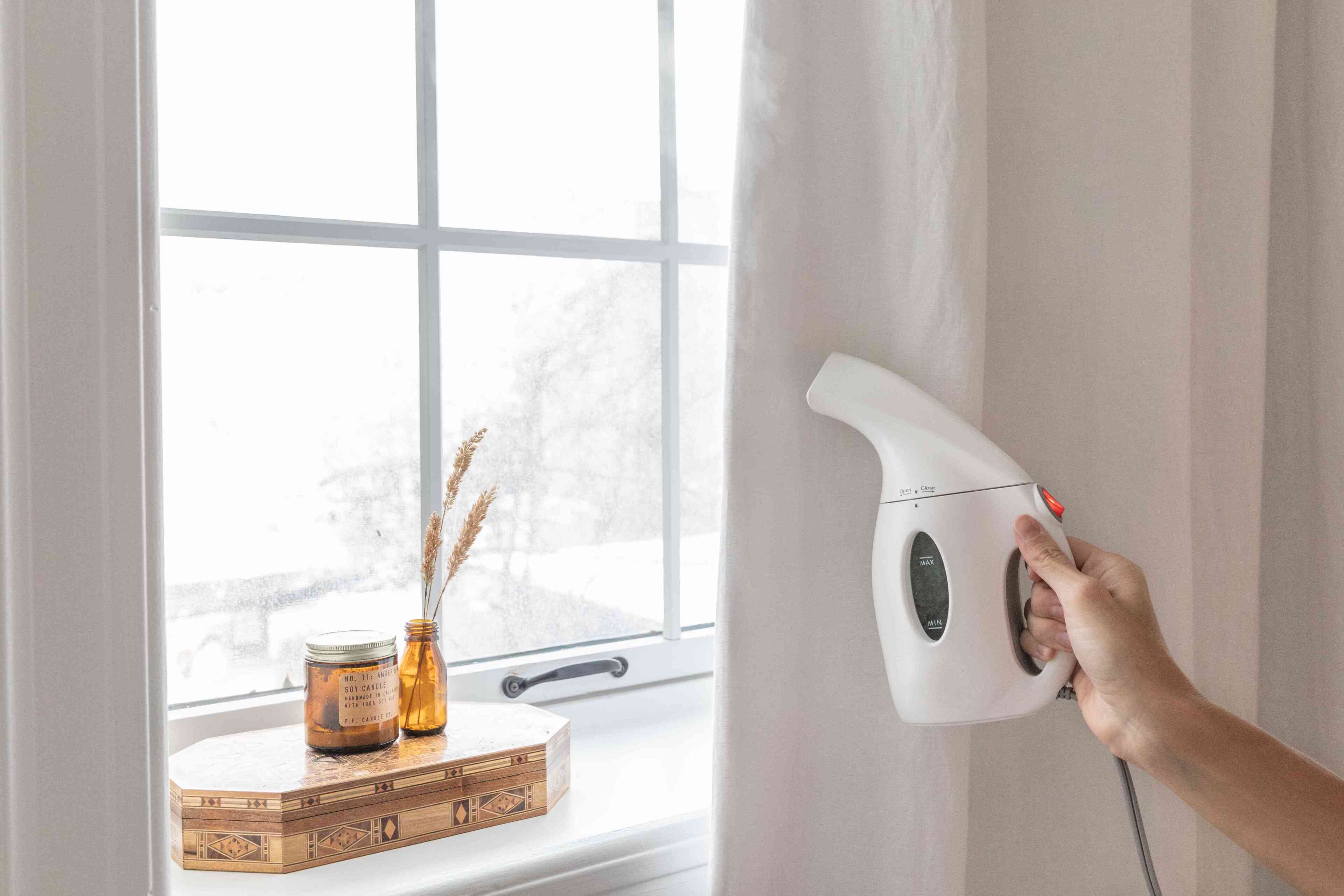

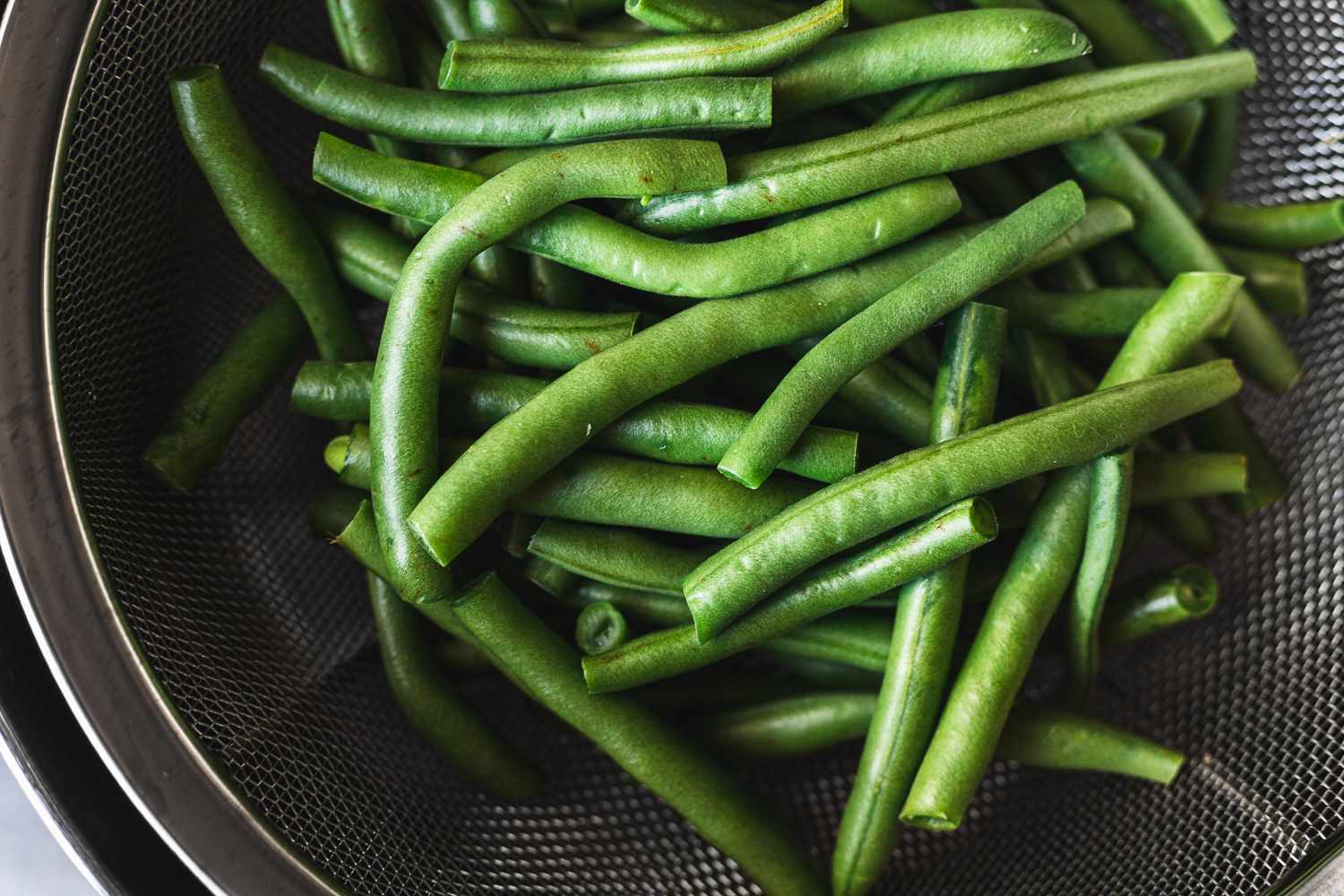

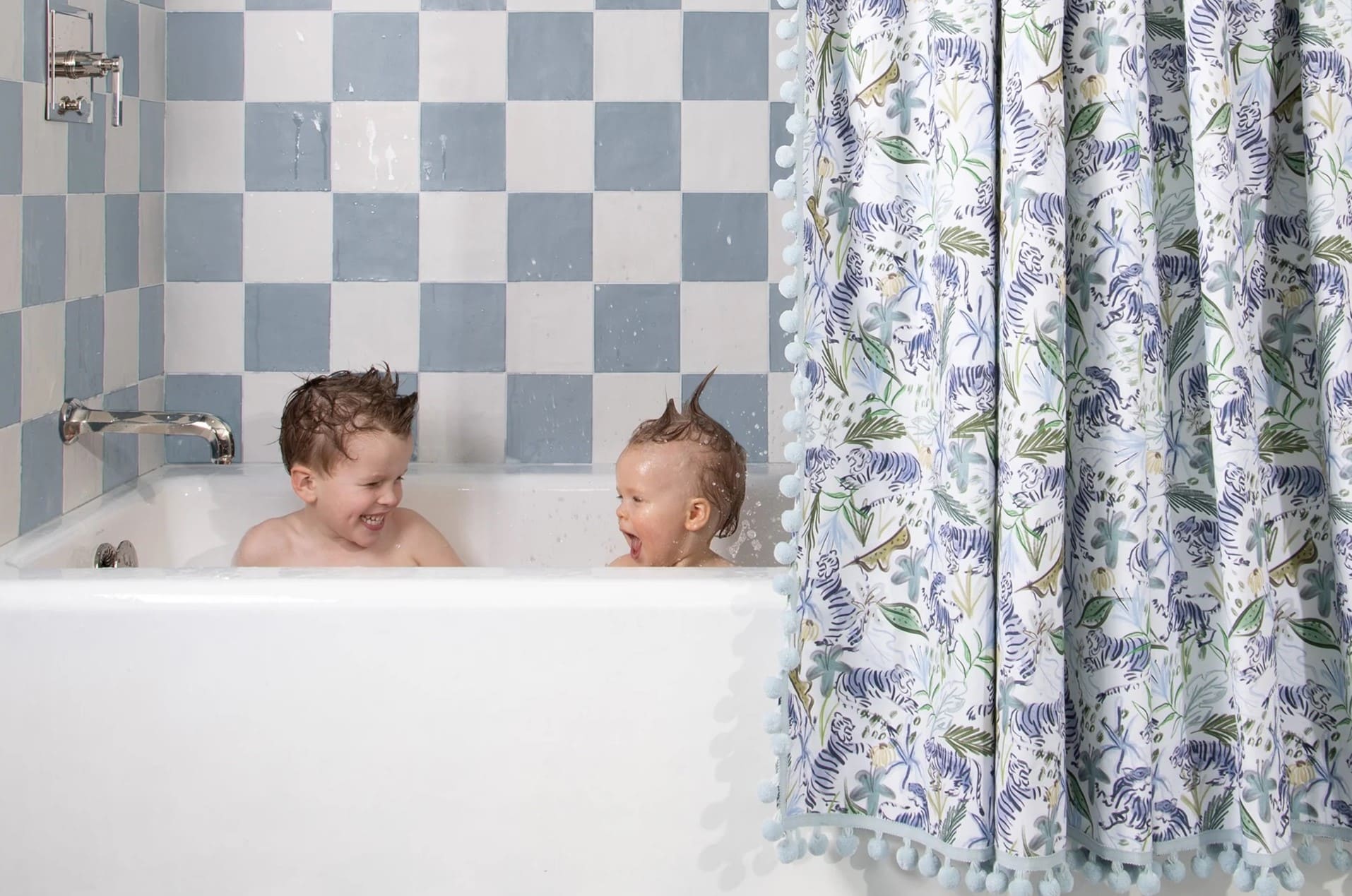
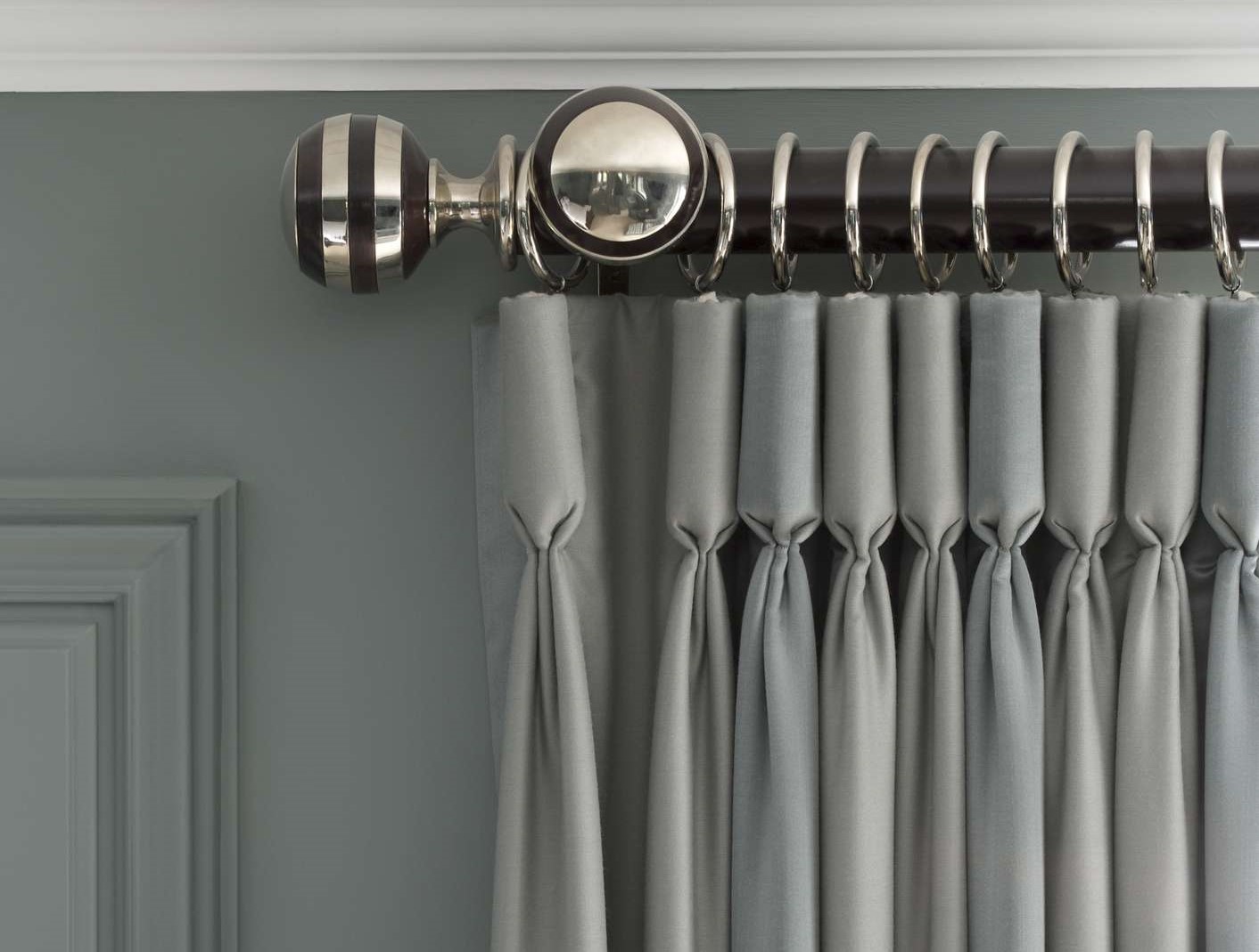
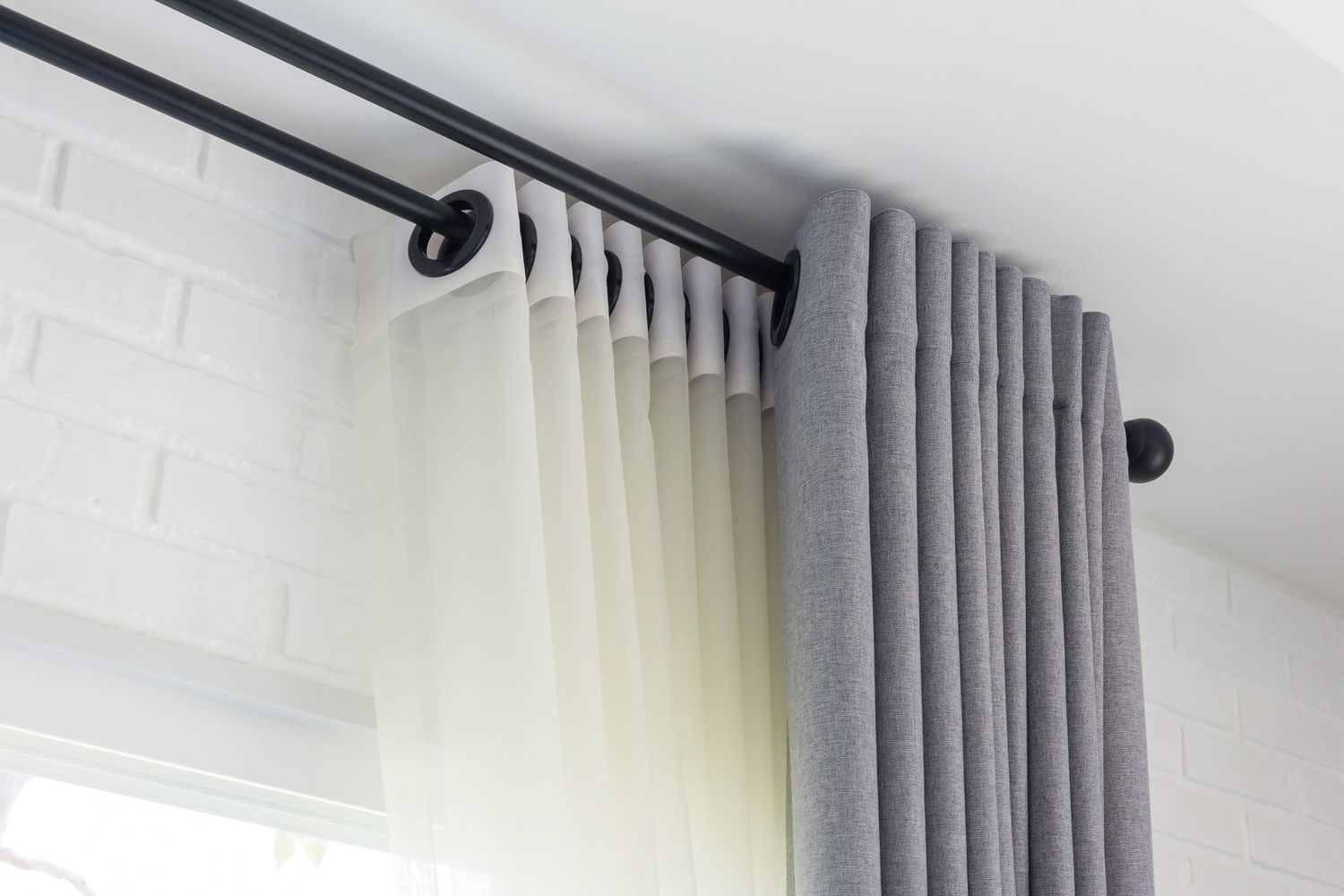
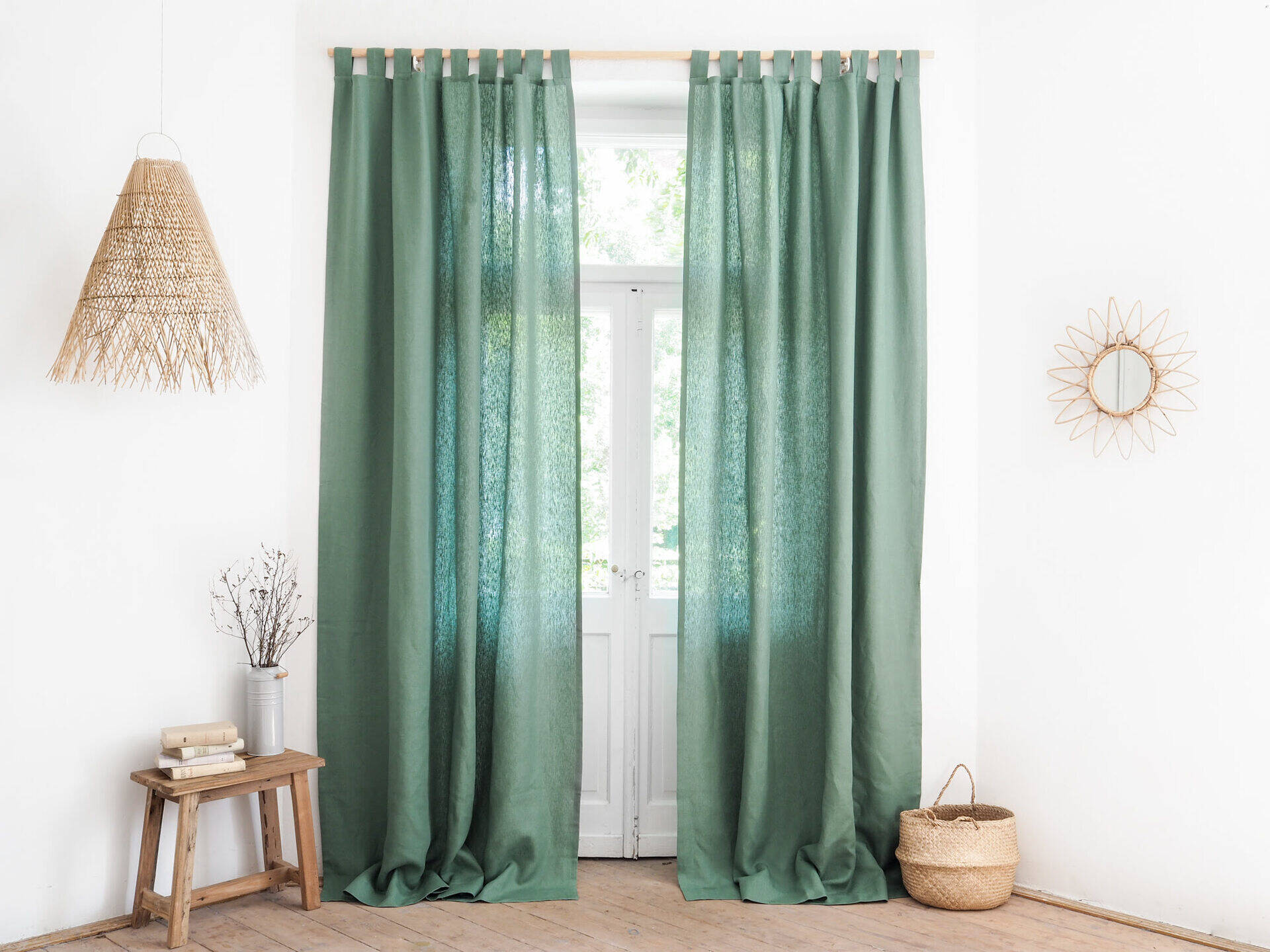


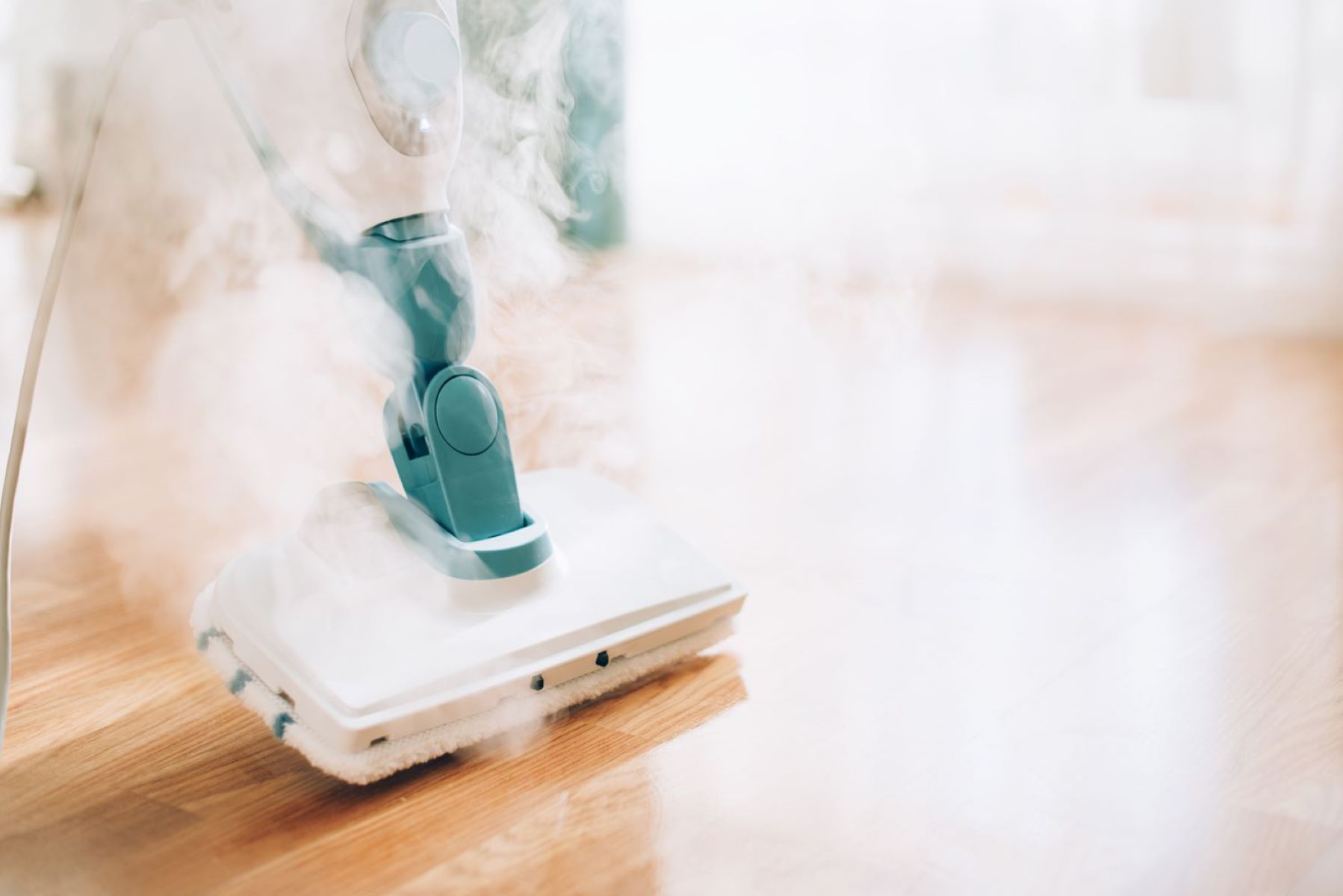




0 thoughts on “How Do You Steam Curtains”